
Get the latest international news and world events from around the world.

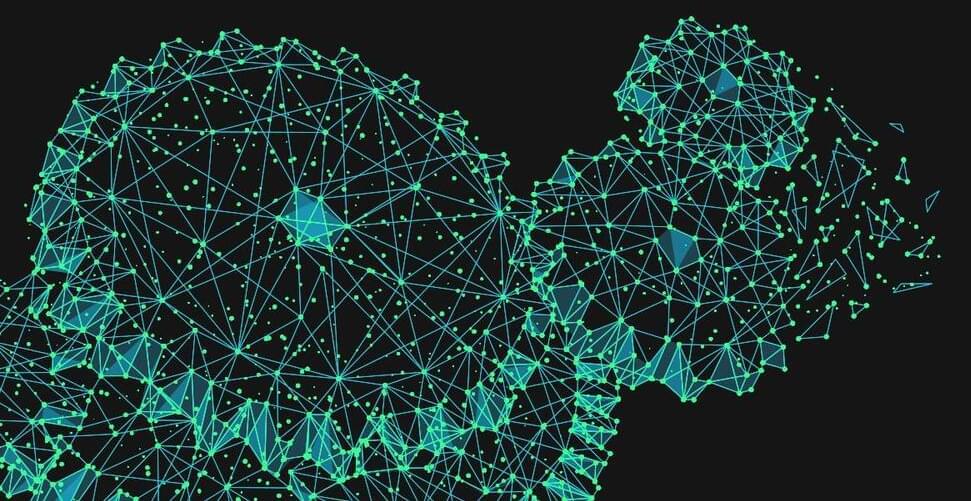

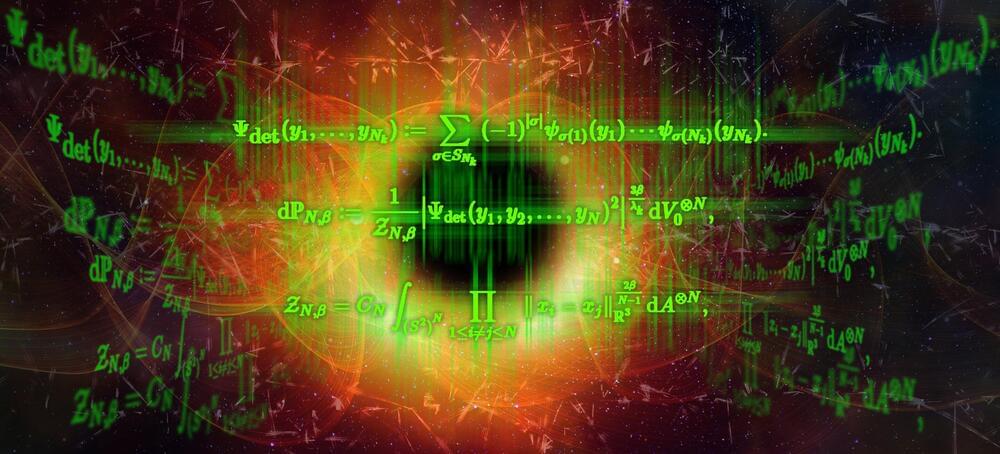
Mathematical discovery could shed light on quantum gravity
How can Einstein’s theory of gravity be unified with quantum mechanics? It is a challenge that could give us deep insights into phenomena such as black holes and the birth of the universe. Now, a new article in Nature Communications, written by researchers from Chalmers University of Technology, Sweden, and MIT, U.S., presents results that cast new light on important challenges in understanding quantum gravity.
A grand challenge in modern theoretical physics is to find a “unified theory” that can describe all the laws of nature within a single framework—connecting Einstein’s general theory of relativity, which describes the universe on a large scale, and quantum mechanics, which describes our world at the atomic level. Such a theory of “quantum gravity” would include both a macroscopic and microscopic description of nature.
“We strive to understand the laws of nature and the language in which these are written is mathematics. When we seek answers to questions in physics, we are often led to new discoveries in mathematics too. This interaction is particularly prominent in the search for quantum gravity—where it is extremely difficult to perform experiments,” explains Daniel Persson, Professor at the Department of Mathematical Sciences at Chalmers university of technology.
Mapping how the 100 billion cells in the brain all fit together is the brave new world of neuroscience
These steps are repeated for each cell type, creating a richer and more complete map of the brain with each run-through.
Working together to build a brain map
Scientists now have the tools to examine the entire brain in very fine detail. There has been considerable effort to coordinate and pool data from brain mapping research labs to create comprehensive brain maps. For example, the U.S. BRAIN Initiative created the BRAIN Initiative Cell Census Network (BICCN) in which my lab participates. Collaborating research groups in the network recently released the most comprehensive map of cell types in the brain’s motor cortex across humans, monkeys and mice.

Future cities could be 3D Printed using Recycled Glass
Future cities could be 3D printed – using concrete made with recycled glass.
3D printed concrete may lead to a shift in architecture and construction. Because it can be used to produce new shapes and forms that current technologies struggle with, it may change the centuries-old processes and procedures that are still used to construct buildings, resulting in lower costs and saved time.
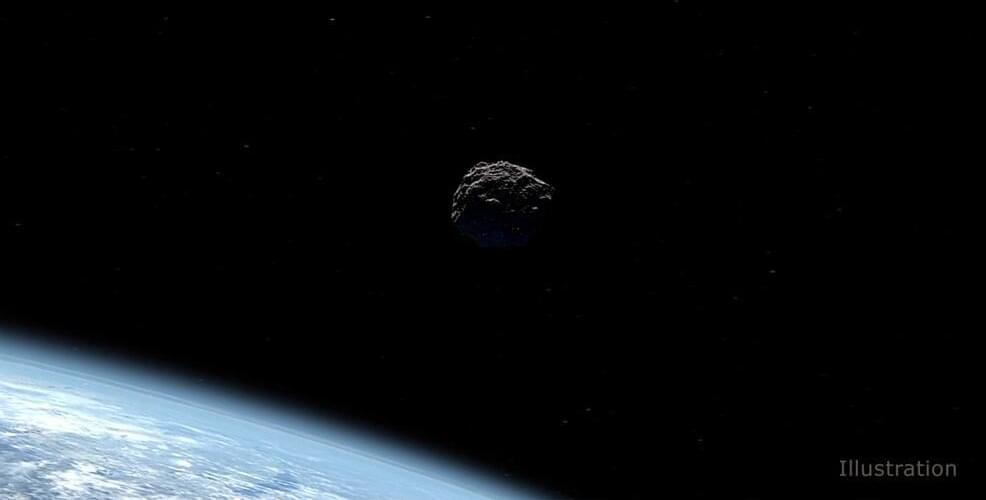
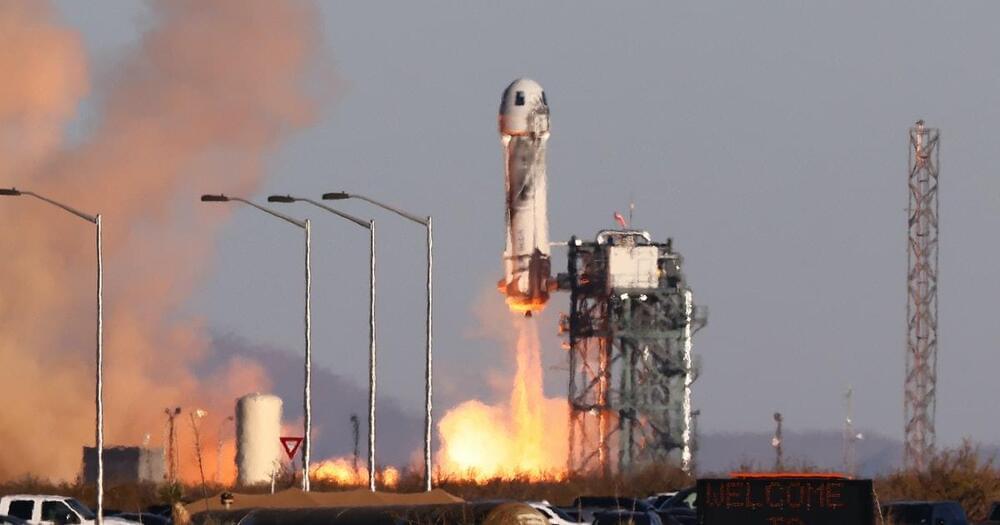
Blue Origin NS-20: Launch date, passenger list, flight details for Pete Davidson trip
In the long term, Bezos hopes to develop the infrastructure that could enable humanity’s biggest goals in spaceflight — similar to how Amazon used innovations like the postal service to power its dreams decades later.
Bezos envisions giant orbiting cities, located close to Earth, that could enable humanity to expand to 1 trillion humans. The cities could feature leisure and recreation, or heavy industry that avoids polluting Earth nearby.
It could all start with flights like NS-20. Here’s what you need to know.

AI voices include subtleties of speech
The video surprises viewers when it’s revealed that, while the woman on screen is a real person, the main character speaking is an AI. It aims to demonstrate how entertainment studios can leverage AI to create highly convincing romantic encounters. This marks a significant milestone for Sonantic as its technology is now able to recreate subtle emotions and non-speech sounds, while also opening up new creative possibilities for studios.
The voice models, which already express a range of human emotions from happiness to sadness, can now convey subtleties such as flirty, coy, and teasing, amongst other new “Style” options. They also have the ability to capture non-speech sounds – such as breaths, scoffs, and laughs. This combination of advances in speech synthesis makes Sonantic’s platform more comprehensive than ever before, helping entertainment studios create life-like performances in record time.
“Human beings are incredibly complex by nature and our voices play a critical role in helping us connect with the world around us,” said Zeena Qureshi, CEO. “Sonantic is committed to capturing the nuances of the human voice, and we’re incredibly proud of these technological breakthroughs that we have brought to life through ‘What’s Her Secret?’. From flirting and giggling, to breathing and pausing, this is the most realistic romantic demo we’ve created to date, helping us inch closer to our vision of being the CGI of audio.”
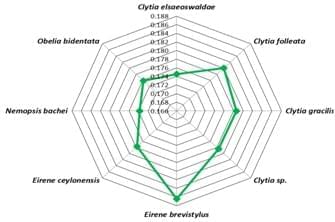
The conserved mitochondrial gene distribution in relatives of Turritopsis nutricula, an immortal jellyfish
Immortal jellyfish could actually be the key to immortality and regeneration. This article talks more in depth of its importance in the search of immortality.
Turritopsis nutricula (T. nutricula) is the one of the known reported organisms that can revert its life cycle to the polyp stage even after becoming sexually mature, defining itself as the only immortal organism in the animal kingdom. Therefore, the animal is having prime importance in basic biological, aging, and biomedical researches. However, till date, the genome of this organism has not been sequenced and even there is no molecular phylogenetic study to reveal its close relatives. Here, using phylogenetic analysis based on available 16s rRNA gene and protein sequences of Cytochrome oxidase subunit-I (COI or COX1) of T. nutricula, we have predicted the closest relatives of the organism. While we found Nemopsis bachei could be closest organism based on COX1 gene sequence; T. dohrnii may be designated as the closest taxon to T. nutricula based on rRNA. Moreover, we have figured out four species that showed similar root distance based on COX1 protein sequence.
Keywords: Turritopsis nutricula, immortal jellyfish, trans-differentiation, phylogeny, relativeness.
Gerontologists and biologists reached a consensus “evolutionary theory of aging,” [1, 2] embedding aging research into the mainstream of biological research. T. nutricula is the one of the known hydrozoan in the animal kingdom that can revert back into the immature polyp stage after reaching sexual maturity, designating itself as the only immortal animal [3]. T. nutricula interplay with the polyp and sexual maturity stages by virtue of trans-differentiation process [4]. Theoretically, this process can go on indefinitely therefore, the organism can be considered as biologically immortal and does not experience aging. Hence, in the basic biology of aging research, the organism has found itself great importance [5]. If a cell or organism undergoes aging, there are two vital biological processes viz.